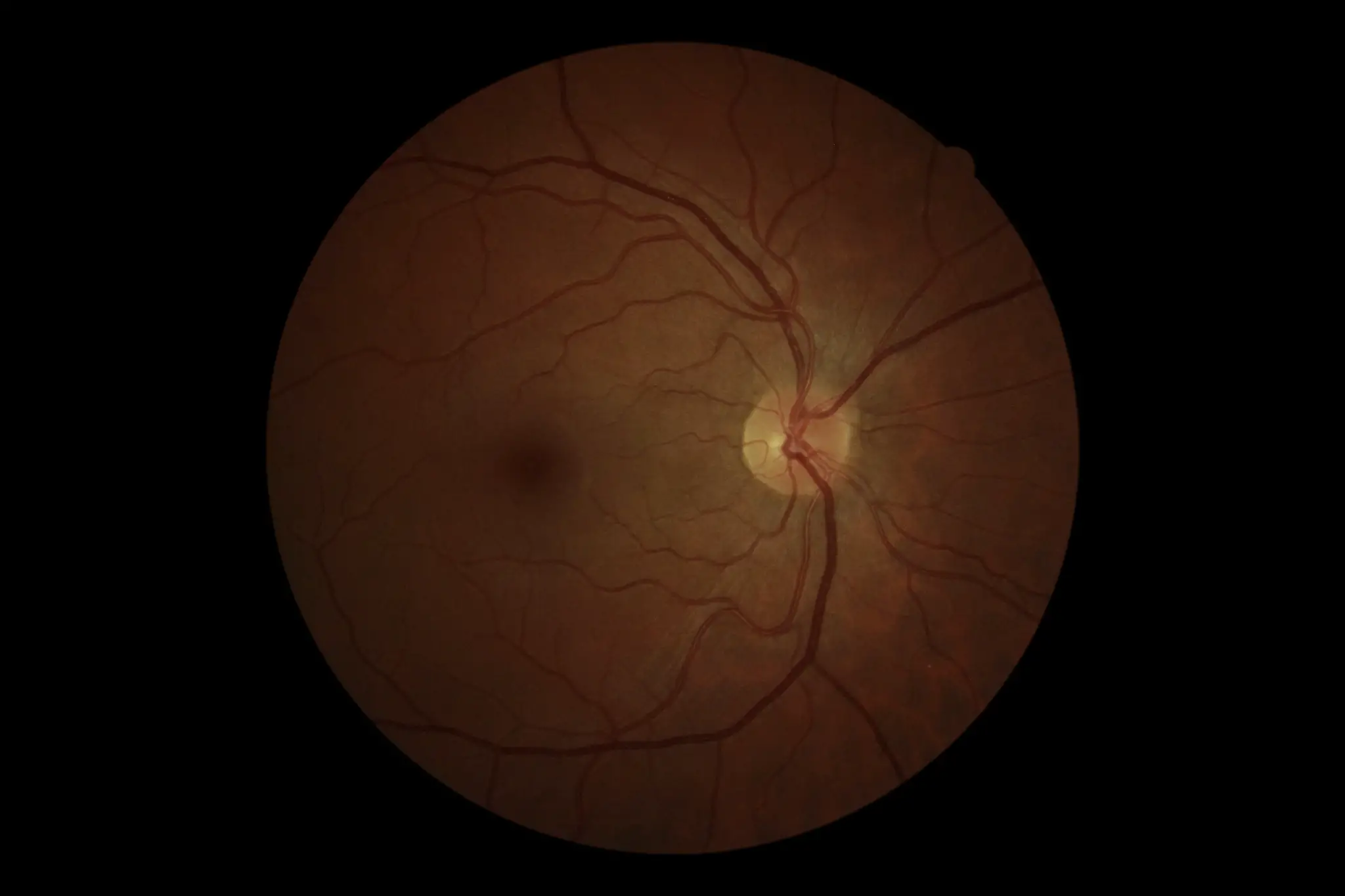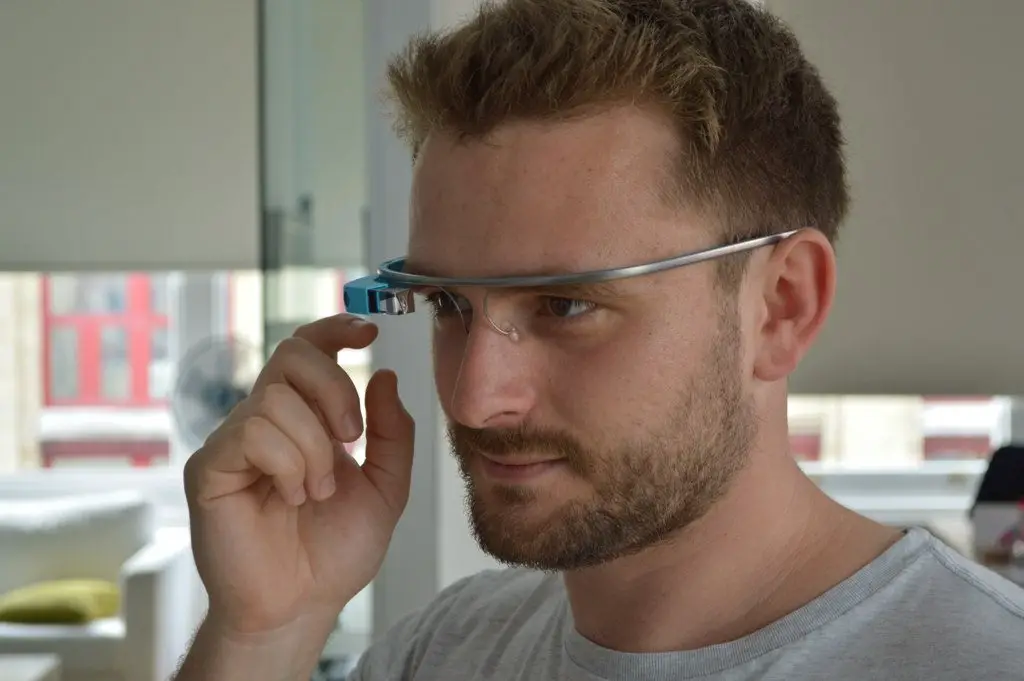 “Digital Retinal Scan” (CC BY 2.0) by Phillie Casablanca
“Digital Retinal Scan” (CC BY 2.0) by Phillie Casablanca
There’s no doubt that eye care has come a long way since the introduction of glasses way back in the 13th century in Italy. From polarised lenses to daily lenses and even coloured contacts, technology is continuing to help us see the world the way it should be seen.
More accessible options
When you think about it, the very concept of contact lenses is something that has only been around for a single generation. Even contacts remain a daunting prospect to some glasses wearers, although the likes of everclear, whose range is available from Vision Direct, now offer some tinted designs to make it easy for first-time wearers who are buying lenses online to fit and remove their lenses. Nevertheless, ophthalmic technology is by no means finished yet and there are plenty of innovative breakthroughs in eye health that could become commonplace around the world in the years to come.
Guarding against eyesight loss for diabetes sufferers
The world is getting better at detecting the early signs of sight loss due to the medical condition, diabetes. Adaptive Optics instruments are expected to help the future generations to pinpoint future sight issues and deal with them sooner. Blood circulation in specific areas of the eye is now increasingly tested to help initiate treatments in good time. The University of Indiana’s Miller Lab should get much of the credit given that it has pioneered the development of Adaptive Optics and OCT, designed to capture images of retinal structures that were previously only captured using histology.
Augmented reality
 “Google Glass” (CC BY 2.0) by Matt From London
“Google Glass” (CC BY 2.0) by Matt From London
Google Glass gave us an early insight into the possibilities of wearable eye tech, with the ability to overlay digital information to enhance our view of the real world. It’s quite possible that Google and other tech players will look to take wearable tech a step further in the years to come, creating LED contacts and glasses capable of superimposing data onto the lenses. Imagine being able to watch a high-definition movie on your early-morning commute or get a map view of where you’re heading on the motorway without taking your eyes off the road.
Forget Arnie, blind people could soon have their own bionic eyes
Scientists in Israel are reportedly in the process of developing bionic eyes, based off a microscopic camera capable of collating and processing visual data. The camera would then convert signals from the bionic lens into information that is sent to the cornea and proliferated to the sensory areas of the brain. Essentially, bionic eyes could help blind people and those with poor vision by stimulating the nerves in the cornea.
Earlier detection of glaucoma and cataracts
Recent technological developments in eye care have helped improve treatments for cataracts sufferers and detection of on-setting glaucoma. Knife-free treatments for cataract surgery are more accurate and safer than ever before, ensuring a speedier recovery too. The next generation could experience implants directly into the eye through gene and stem cell therapy to help detect glaucoma symptoms and the type of glaucoma in everyone.
Ultimately, it’s hoped that technology can be used as a force for good in improving eye health and maintaining their function for longer than ever. Much of the concepts we’ve discussed are still very much in their infancy and trial stages, but it’s certainly a “watch this space” moment for the eyecare sector.










